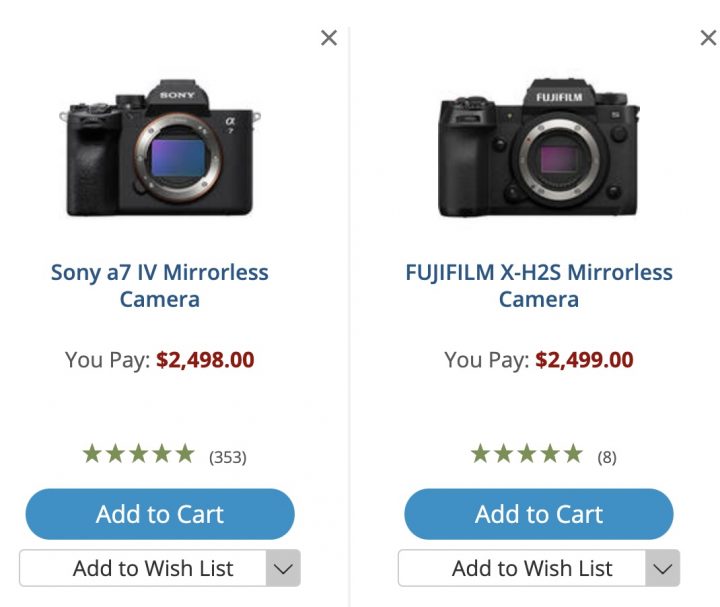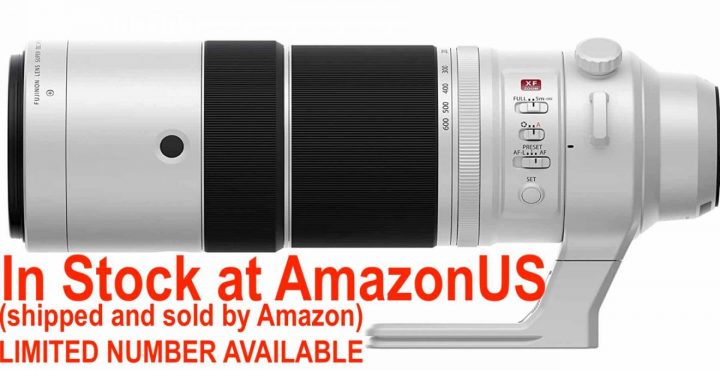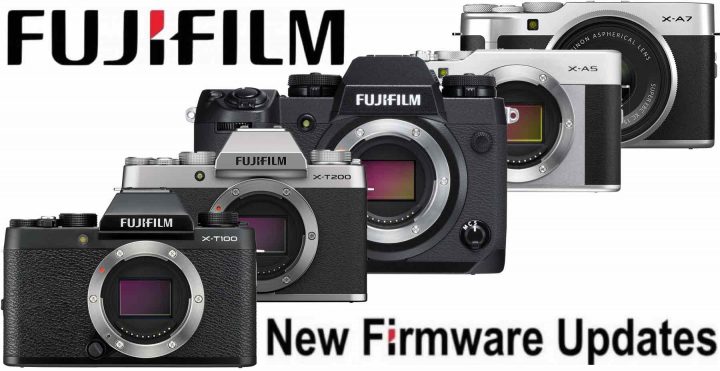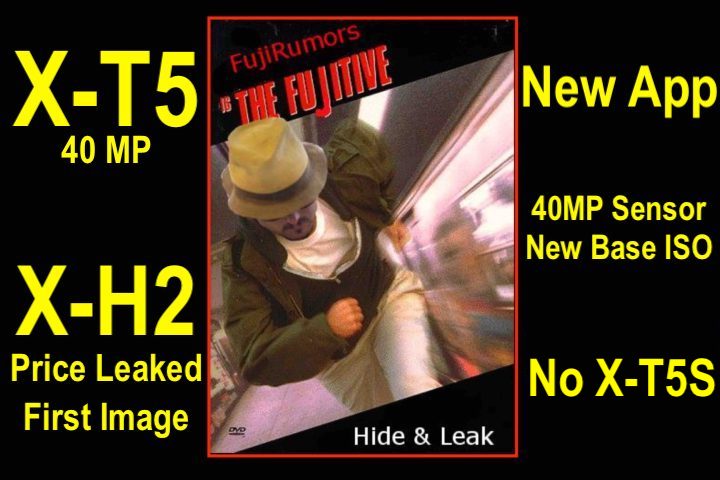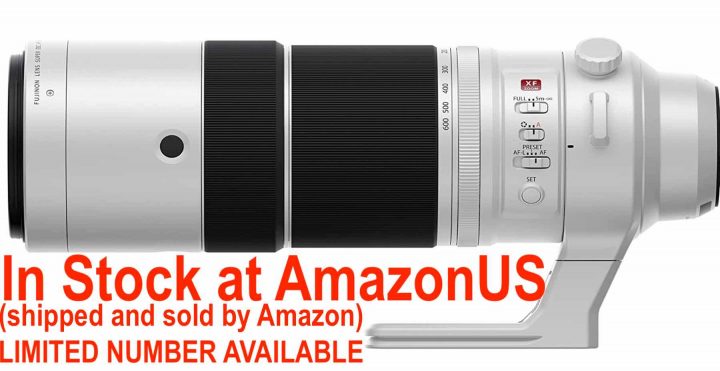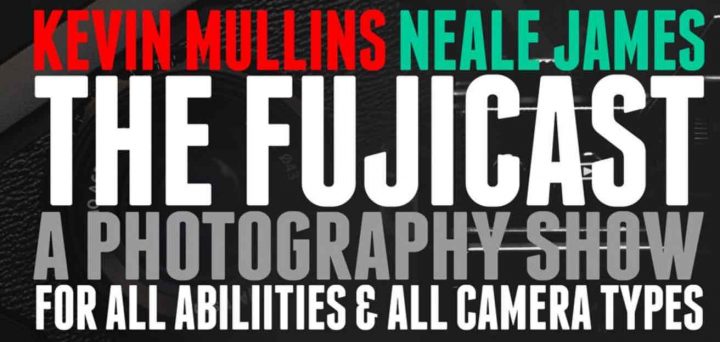Japanese Fujifilm Manager: “Long Debate if to go Full Frame or Medium Format and Fujifilm X-T1 Saved the X Series”

Japanese Fujifilm Mr. Takashi Ueno released an interview to Map Camera on youtube.
It’s all in Japanese, but the guys over at dclife provided a summary of it, which I will share down below.
- Fujifilm X-T1 was the first camera to put Fujifilm’s future stake, and luckily it sold very strong
- without Fujifilm X-T1 the manager would not make this interview today [meaning Fujifilm would not have continued the X series if the X-T1 would have failed]
- Fujifilm deliberately chose not to go full frame
- it’s not that by doubling the mounts Fujifilm would have also doubled their R&D resources. The resources remain the same
- for those who wanted larger sensors, it was not good for Fujifilm to tell those customers to look for other brands. Customers who liked the Fujifilm colors and concept. So Fujifilm decided to add the GFX system for them
- there was a long internal discussion if they should go full frame or medium format [admin note: FujiRumors has the true internal story on the moment that convinced Fujifilm to go Medium Format]
- The X series will continue to evolve
- “All camera products are the same, but the functions of cameras today are completely different from what they were 10 years ago, and I think the expectations people have for cameras are changing rapidly. On the other hand, I don’t think it’s a good thing to stay the same without changing, and I want to keep the basics in mind, but I want to evolve by properly grasping the needs of users.“.
The X-T series is the one camera that more than any other camera combined determinates Fujifilm success and future. This is why the Fujifilm X-T5 will be crucial.
- Fujifilm GFX :: The True Story About a Secret Meeting (and Test) That Convinced Fujifilm to Go Medium Format
- Good Bye, X-T1: FujiRumors Sold his Fujifilm X-T1 Today – About Love for Dials and the Story Behind my Favorite X-T1 Image
This were just the bullet points. I will also share the full Google translated part for you:



